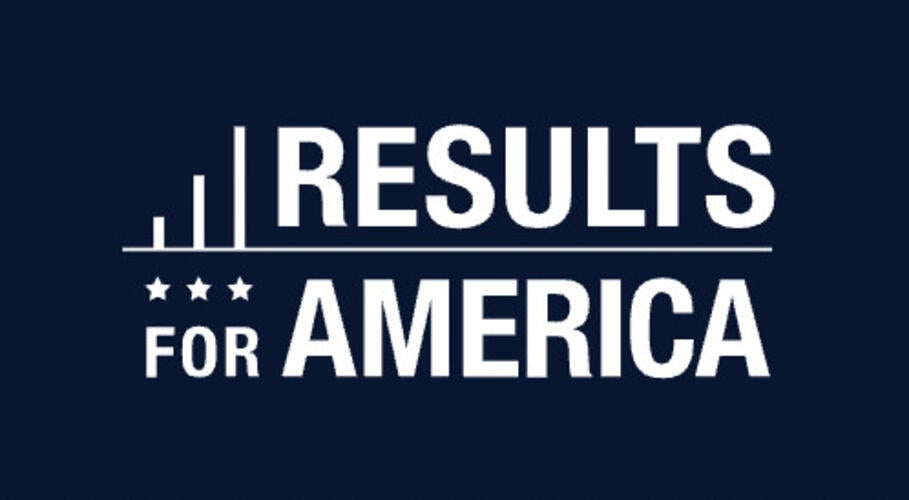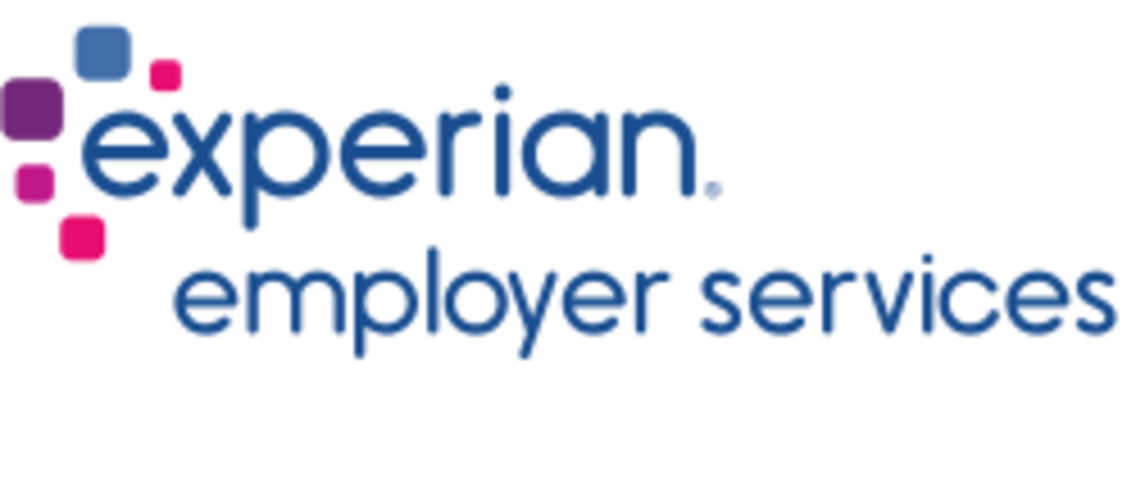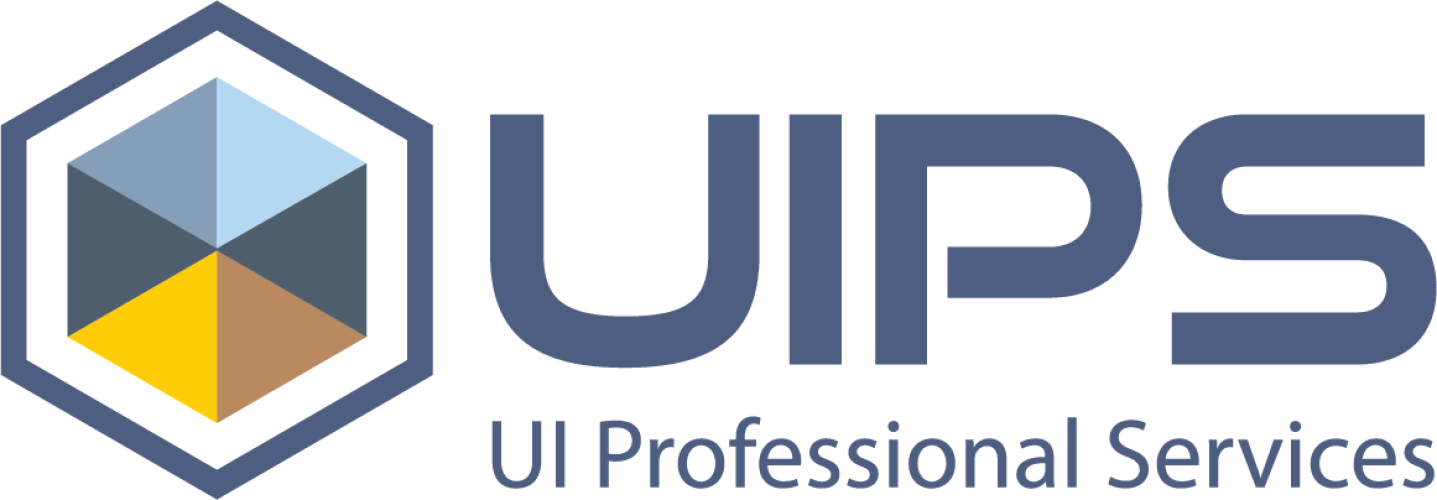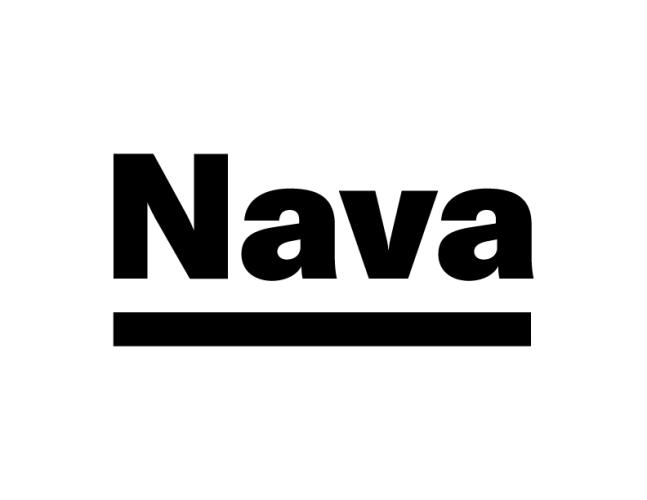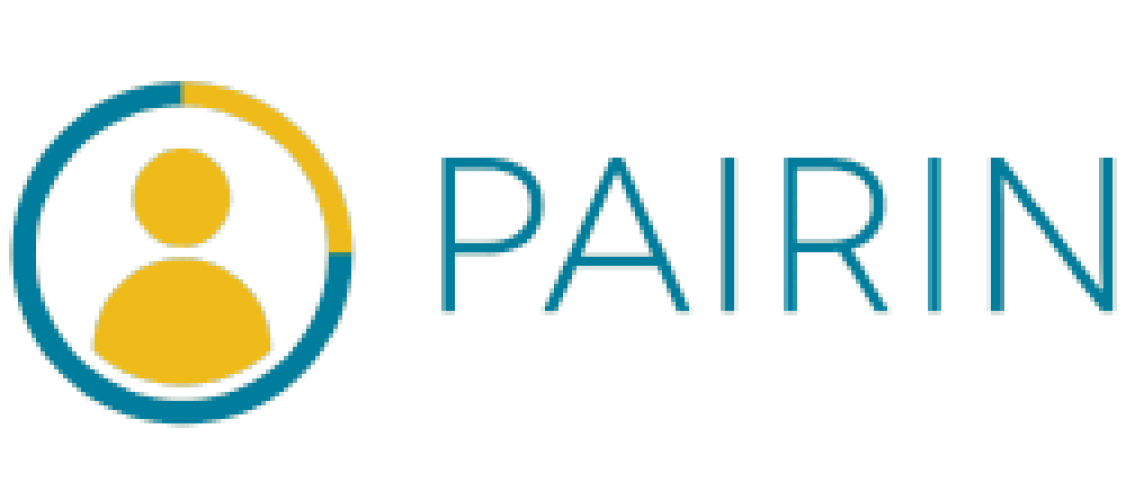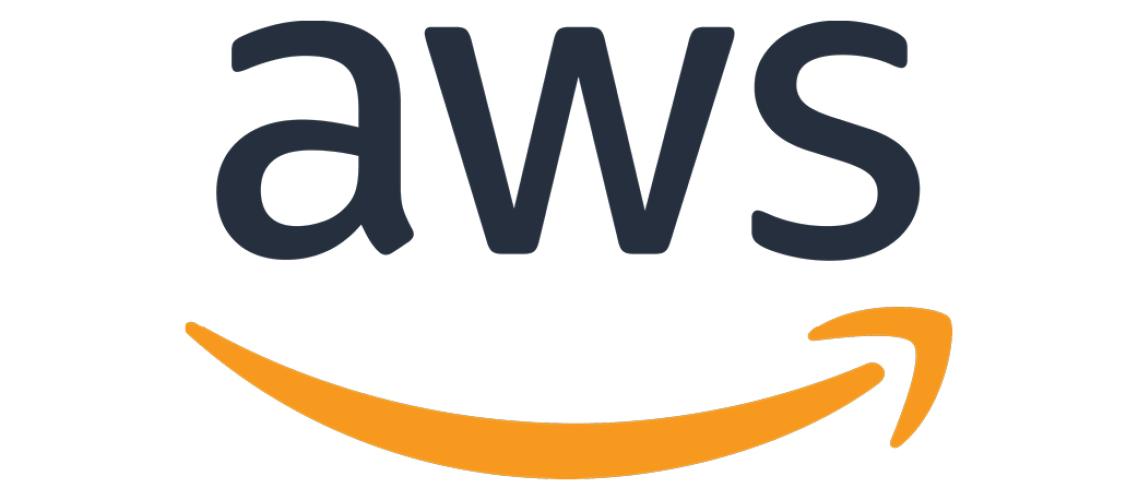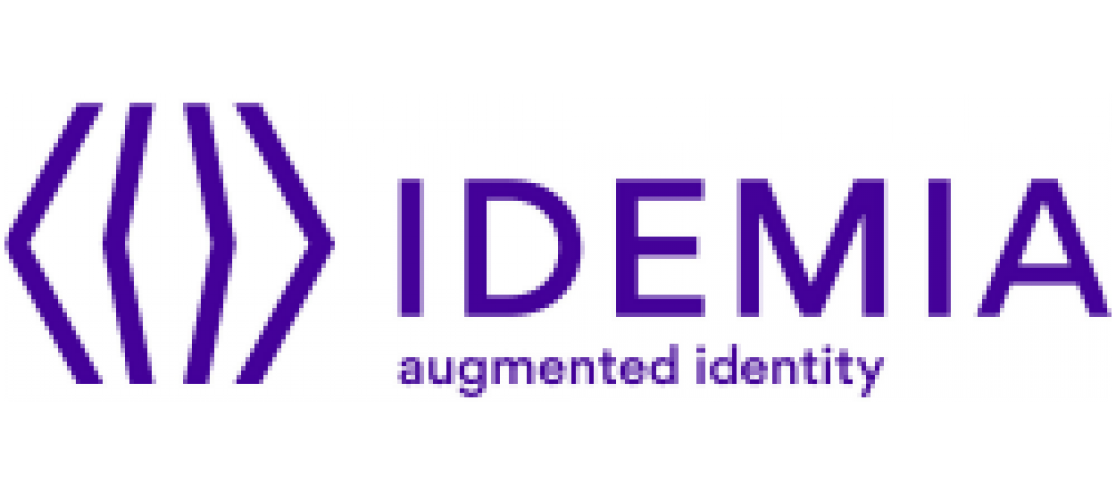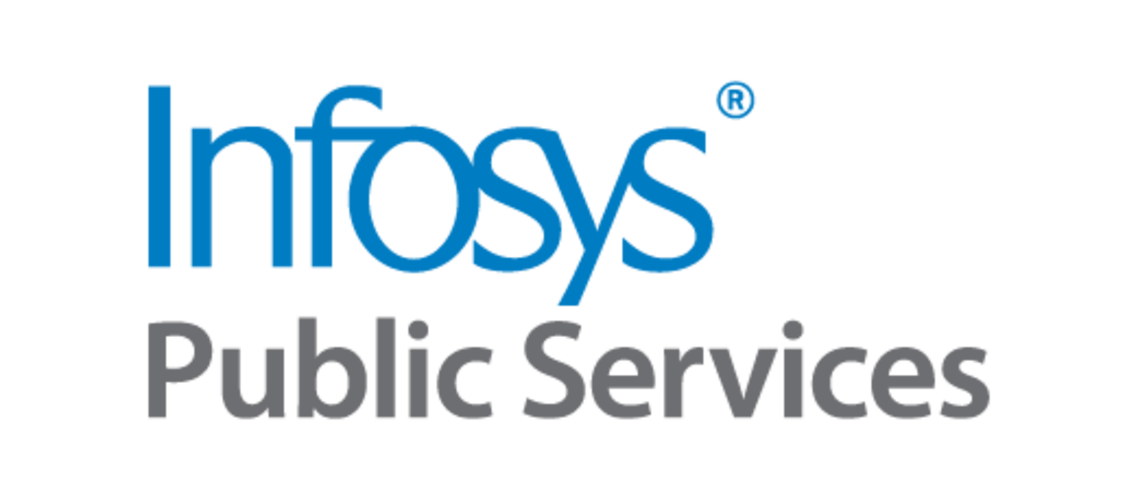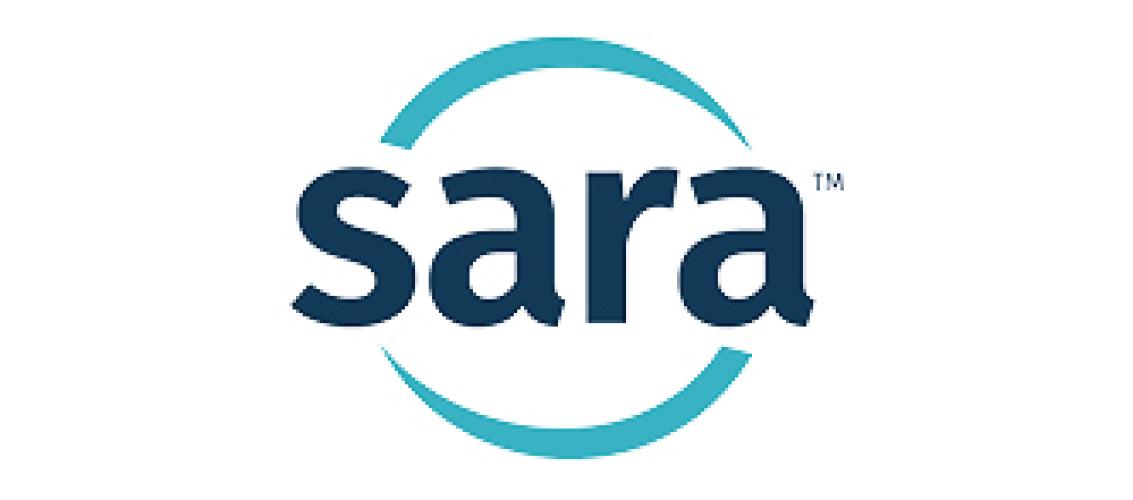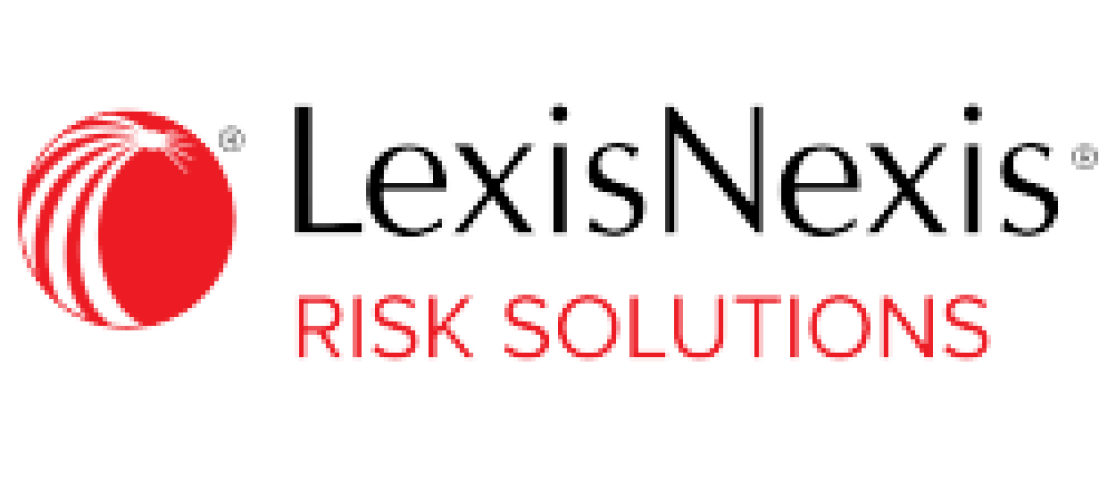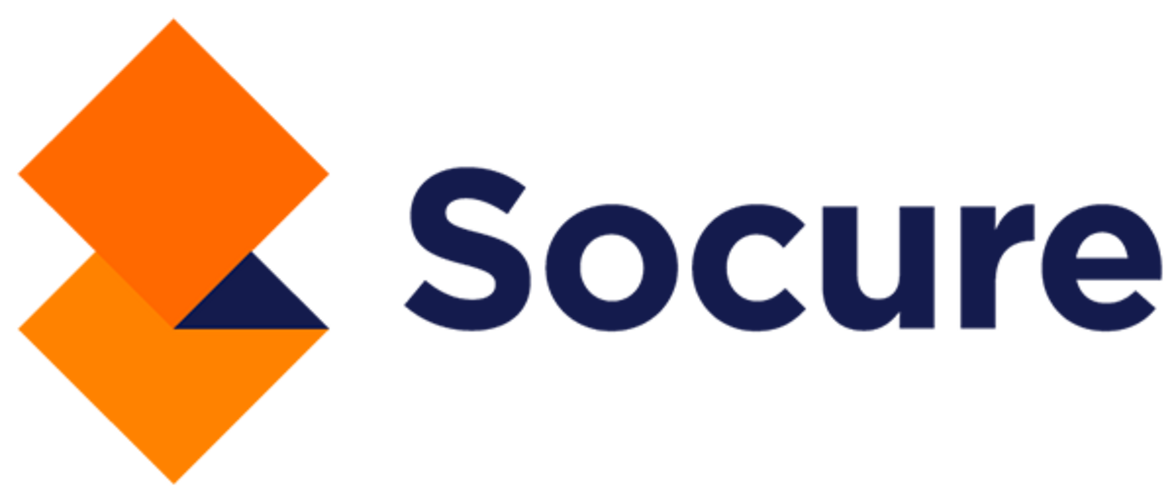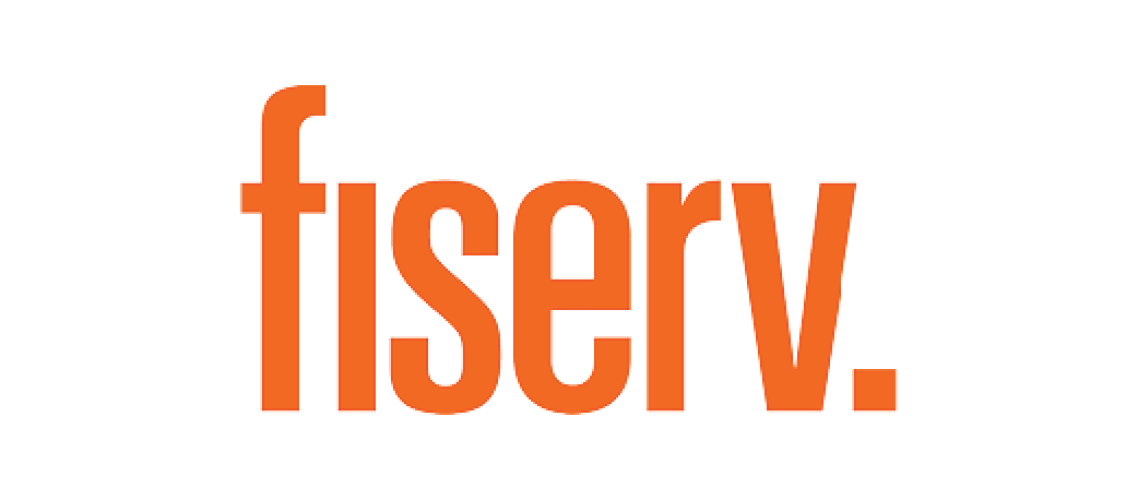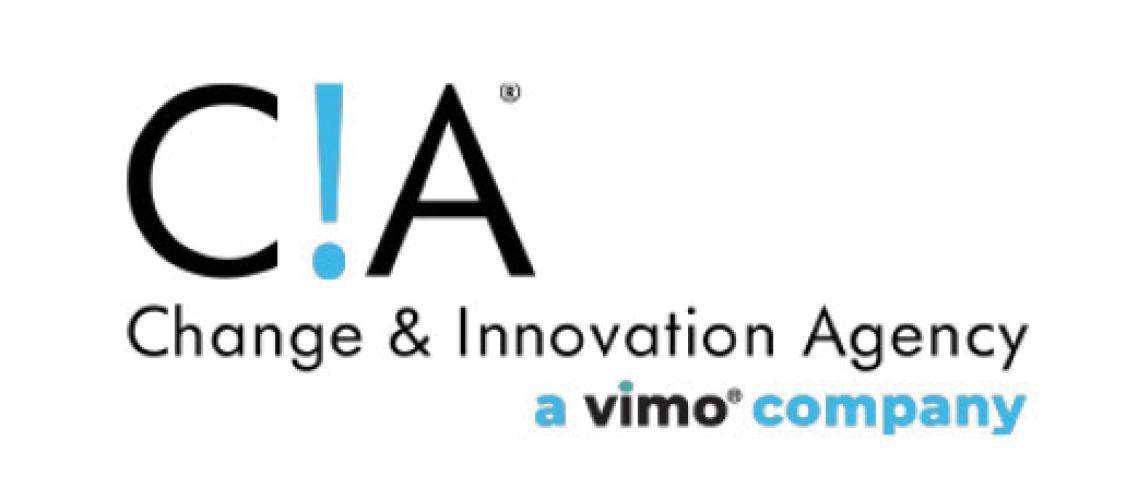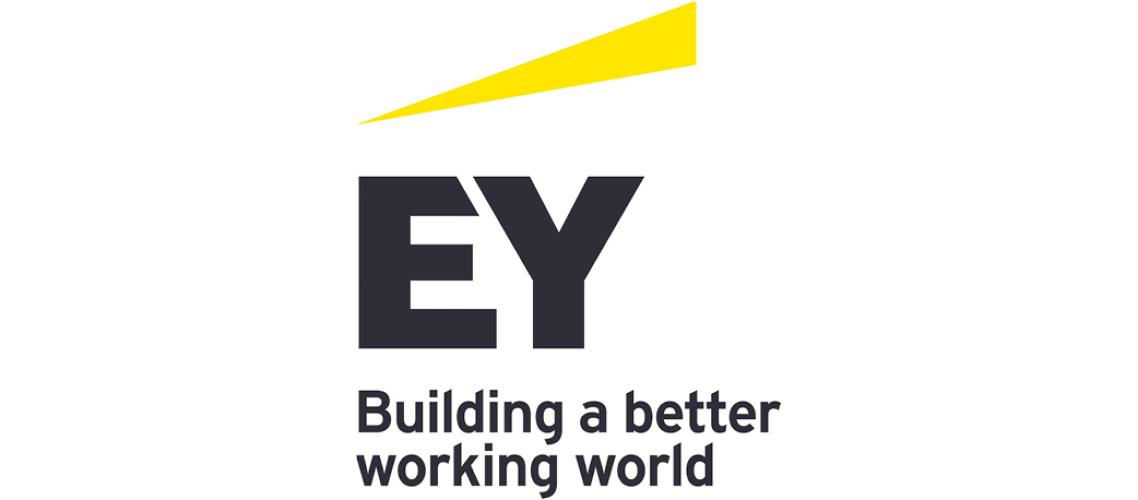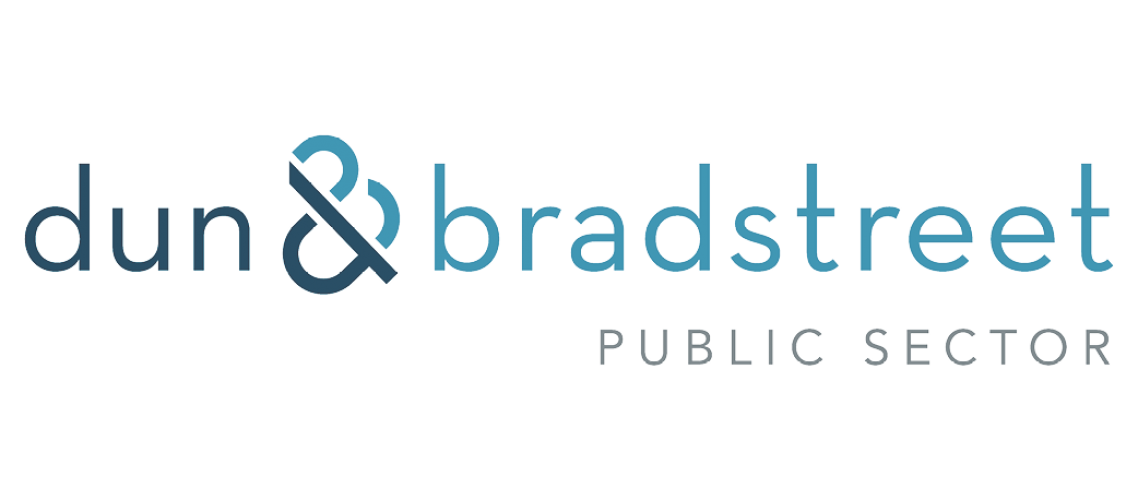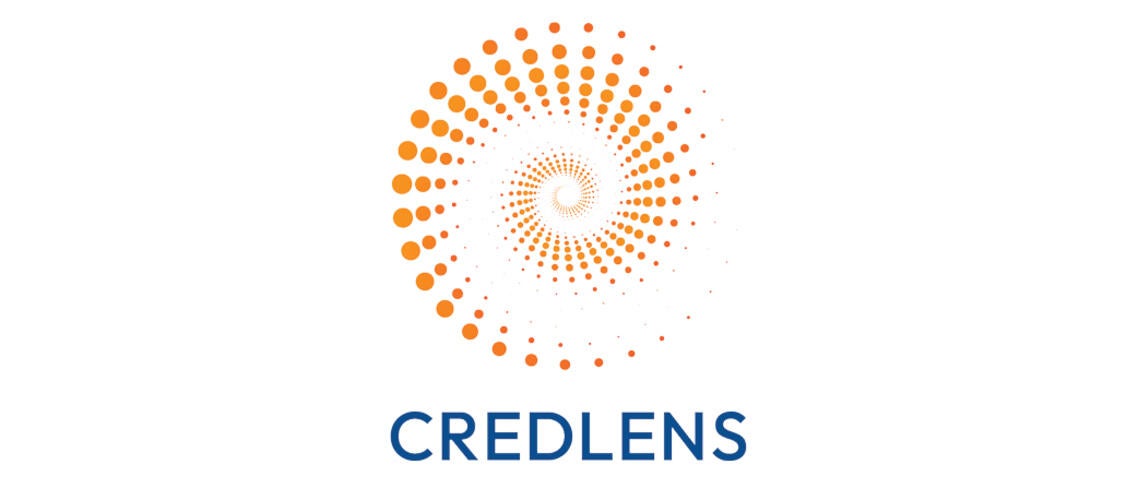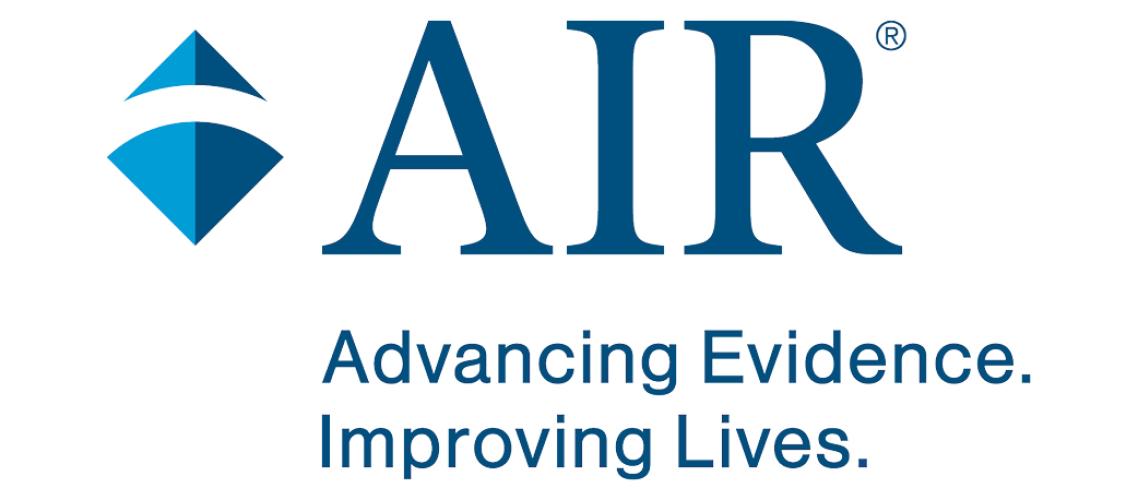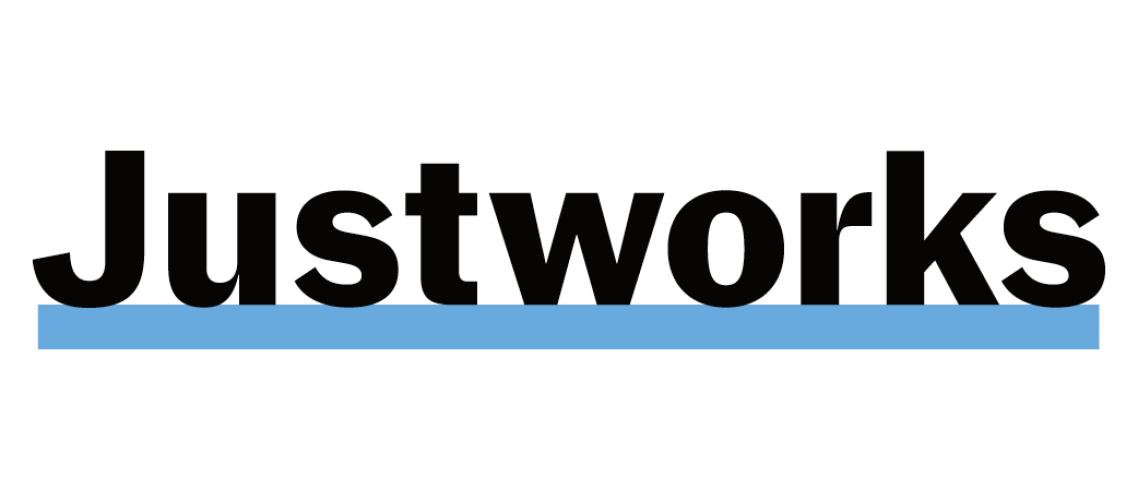Real Pathways Rhode Island
Rhode Island William J. Harris Equal Opportunity Award Nomination: Real Jobs Rhode Island: Real Pathways Rhode Island
Contact Information of Individual Submitting Nomination
Nominator: Scott Jensen
Email Address: Scott.Jensen@dlt.ri.gov
Agency Name: Rhode Island Department of Labor and Training
Real Pathways Rhode Island
Real Pathways Rhode Island (Real Pathways) is a workforce development initiative that supports partnerships between and among public, private, and nonprofit agencies that serve populations with traditional barriers to employment (i.e. veterans, homeless, long-term unemployed, English language learners, etc.) or regions of the state with above average concentrations of poverty or unemployment. Led by a lead convener, these partners collaborate to provide workforce development services that are demand-driven, linked to the larger workforce development network, and designed to maximize the opportunities for middle-class employment.
Importantly, Real Pathways takes the same organizing principle behind many sector-driven workforce programs across the country - that employers know best what their industry needs - and applies that approach to specific populations with barriers to employment. These organizations and agencies deeply understand the unique, often overlooked, challenges their populations face and are well-equipped to propose innovative solutions to specific barriers.
In practice, Real Pathways does not prescribe any one solution, approach, or service that must be included in a proposal or grant-funded activity. Each population is different, their challenges are different, and the extent to which the current state or federal resources adequately meet those challenges is different. That's where Real Pathways separates itself from other approaches – by deferring to the expertise and real-life experiences of the provider community and helping each craft a solution that best addresses the clients they serve.
Just as the solicitation and award process defers to collective expertise, so too does the evaluation and decision making process. Evaluation teams are chosen from across state agencies that primarily serve the populations identified. Individuals from the state adult education agency, the state corrections division, the state division of behavioral health and disabilities, and others sit alongside workforce development staff in scoring and reviewing proposals. These individuals not only bring knowledge and perspective regarding what is being proposed but can also strategically inform funding decisions and the deployment of resources. Real Pathways creates a center of gravity around which often siloed and divergent state programming can begin to organize.
Statement of results, accomplishments, impacts and any other appropriate information that demonstrates why the nominee's efforts were an exceptional contribution.
Real Pathways successfully opens the doors of opportunity for all individuals by strategically partnering with employers (for direct job placement) and/or industry intermediaries (for additional training opportunities). Rather than requiring applicants to be 'all things to all people' and provide a range of services, Real Pathways encourages all parties to 'do what they do best' and stay within their area of expertise. A machinist training program may be very good at preparing an individual for employment in manufacturing, but know nothing of support services, counseling, or case management. Conversely, a community-based organization may offer comprehensive support services, intensive counseling, and effective case management; but be wholly unable to offer manufacturing training. Strategically partnering these two entities- with clear expectations setting, understanding of roles and responsibilities, and smart braiding of resources – leverages the abilities of each in building a pathway to employment for traditionally underserved populations.
Employers ultimately partner with the state workforce development network because they have a talent or labor need they have otherwise been unable to fill. Ultimately, what matters most to the employer is that the person they hire can do the job. However, too often employers recruit and hire from the networks they are familiar with and which, often unintentionally, exclude persons from other backgrounds or walks of life. Real Pathways breaks that cycle by partnering effective community-based organizations and nonprofits with employer-facing and/or employer-driven organizations that have goodwill and reputation with industry in providing the talent they need. In some instances, the nonprofit is not expected to get a client 'job ready' but 'training ready' at which point they can transition to an employer driven occupational training program which the employer has already identified as a consistent source of talent. Were that candidate brought to the employer directly, they might not have been given full consideration for several reasons - some legitimate, some not. But because the program leverages past performance and employers' need for talent, Real Pathways effectively opens the hiring channels and helps employers tap into a more diverse labor market.
Other significant contributions
Just as the populations served within Real Pathways are remarkably diverse, so too are the success stories.
A partnership focused on ex-offenders and homeless persons exceeded its first-year job placement target by nearly 50% by focusing intensely on behavioral health, counseling, and life stabilization before preparing candidates for the next steps of job training, work readiness, and placement. More than 75% of the individuals served were persons of color. The program worked intensely with employers to listen to their concerns or questions and had a frank conversation about what would encourage them to consider hiring former offenders and/or homeless job seekers. Learning that some form of initial wage subsidy to lower the risk of a poor fit was well received as was the training and provision of several important industry credentials- including first aid and CPR training for all candidates regardless of the occupation - the program crafted a job training program that precisely matched employers' needs and wants. The result was employment in culinary, carpentry, maintenance, and several other fields. Employer feedback has been overwhelmingly positive, with several commenting that it is one of the best hiring decisions they have made.
A second partnership was focused on low-income communities within Providence, Rhode Island's capital city. This program also exceeded its first-year job placement target by nearly 50%. 88% of clients served were women of color, nearly all of whom were receiving some form of public assistance. Using evidence-based tools and best practices, employment and stabilization staff work together to determine the clients' barriers to employment then build a package of services designed to help them overcome those barriers including rapid re-housing services, case management, financial literacy, social services, access to remedial education, and others.
Employers are intimately involved in the development of training, including the ability to 'red line' current curriculum or create new curricula, as well as observe training and interview candidates before, during, and after training. These personal interactions are critical in opening the doors of opportunity.
All told, year one of Real Pathways had a significant contribution to the state workforce effort, increasing the employment impact of the workforce network by 25 percent WIOA Title I excluding Real Pathways: 1811 served vs. WIOA Title I including Real Pathways: 2264 served).
